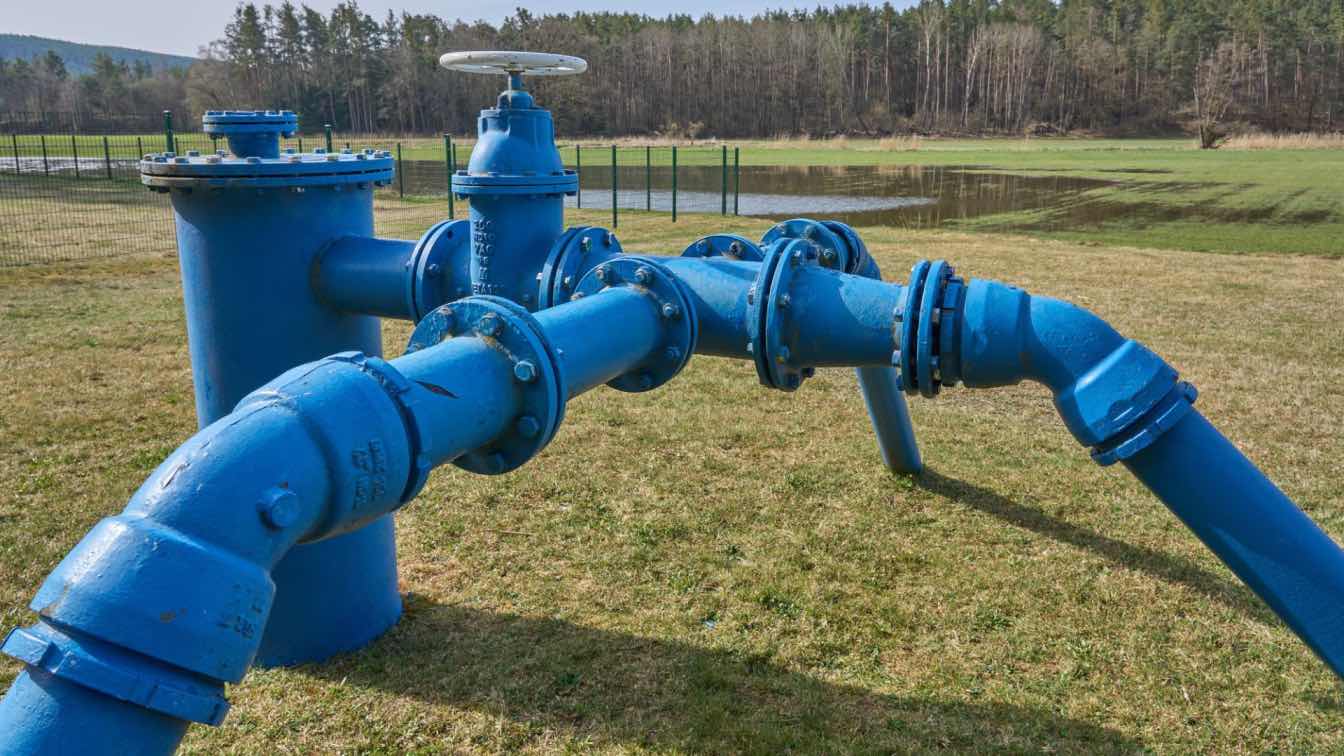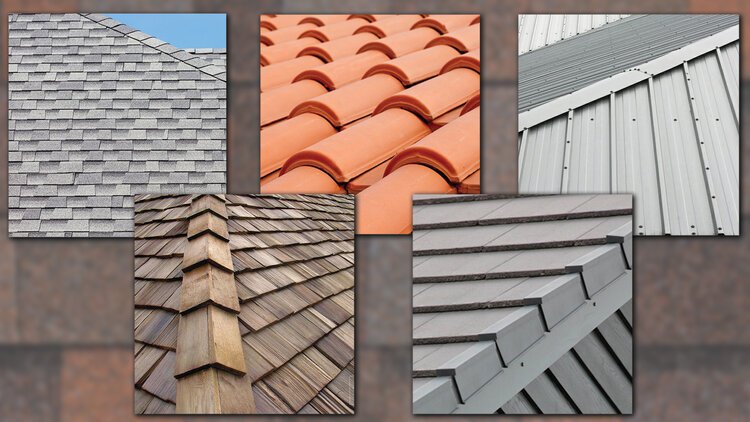Off-grid living is getting popular with every dawn of the day. In the U.S., more than 250,000 people have already adopted this lifestyle, the motivation being cost savings, adventuring, and sustainability. A well water system is integral to this way of life. It’s also an excellent way to supplement municipal water supply for on-the-grid homeowners.
If you primarily rely on well water at your home, you’ve perhaps encountered issues like rusty stains on clothes, itchy skin, low pressure, and foul-smelling water. These might be due to hidden contaminants in the water, including minerals, chemicals, and bacteria. These impurities adversely impact your water’s smell, taste, and safety.
Fortunately, technological advancements have made it possible to transform your water well into the purest form possible. You can have refreshing, crystal-clear water on your taps straight from the ground. This article explores ways to achieve it.
Types of well water contamination
By mere visual inspection, your well water may look, smell, and taste okay, but that’s no guarantee that it’s contaminant-free. Some impurities aren’t always visible to the naked eye. Here are some common well water pollutants:
Iron: This mineral is known to leave brown or orange stains on laundry. It can also infuse a metallic taste and obnoxious smell in water. And iron buildup in appliances can shorten their lifespan.
Manganese: This manifests as black sediment and metallic or rotten egg taste. Manganese also stains laundry, fixtures, and appliances, defacing them and making them difficult to clean.
Hard minerals: These include mostly calcium and magnesium, notorious for causing limescale buildup on appliances and taps, making them less durable and reducing their efficiency. Hard water also causes dry hair and itchy skin.
Bacteria and viruses: These thrive in untreated well water, increasing the risk of gastrointestinal illnesses and other health issues. Common ones include E. coli, coliform bacteria, salmonella, norovirus, and hepatitis A.
Sediments: These often make the water cloudy, altering the water’s taste and odor.
Knowing these potential contaminants and their typical signs helps you select appropriate solutions.
Besides these contaminants, low-yielding wells are also a challenge to many homeowners. In this case, you’d want a sophisticated well harvester system, like the ones manufactured and supplied by EPP Well Solutions, that accurately controls the maximum water harvest and storage to protect the well from overpumping. This way, you’ll have a consistent water supply throughout the year and prevent the well from future failure.
Benefits of modern well water systems
Modern well water systems significantly improve the quality of life. By getting rid of contaminants, you’ll enjoy hot water without stressing over itchy skin or strange smells. You’ll do the laundry without rusty stains or harsh mineral residues. You’ll drink clear good-tasting water from the taps without the scary cloudiness or metallic taste.
Furthermore, modern well water systems safeguard appliances from damage. They’re spared from limescale buildup, which directly damages heating elements in electric kettles and water heaters. Limescale deposits in heating appliances reduce their efficiency, consuming more energy to heat a given amount of water. Thus, modern well water systems help you save a lot on electricity bills.
A premium quality well water system also increases your home’s value, and you can get decent profits upon resale.
Essential types of well water treatment
There are several treatment options for well water. Your choice depends on the contaminants or issues you want to address.
Filtration
Filtration removes a wide range of contaminants, depending on the filter type and mesh size used. Sediment filters sift out dirt, sand, leaves, and rust particles. The result is clear water without nasty taste and odors.
Another type is the iron filters, meant for waters with high levels of iron. They target both soluble and insoluble iron. Removing iron from well water protects your clothes, fixtures, and appliances from rust.
There are also specialty filters that get rid of specific contaminants like hydrogen sulfide.
Reverse osmosis
This is an advanced form of filtration that removes a wide range of contaminants, including but not limited to bacteria, cysts, calcium, magnesium, sodium, chlorine, fluoride, nitrates, mercury, lead, and arsenic. This is possible through forcing water into ultra-thin membranes, where most of these impurities can’t pass.
Reverse osmosis gets rid of nearly all impurities, yielding water that’s free from odd flavors, nasty smells, and disease-causing microorganisms.
Water softening
If your well water’s primary issue is hardness, you need a water softener to get rid of the culprit minerals. This tackles the problem at the source through ion exchange. It typically comprises resin beads with sodium ions. As water passes over the beads, the calcium and magnesium ions attach to the beads and the sodium is released, thus lessening the hardness.
Disinfection
For well water with bacteria and viruses, UV light disinfection is the way to go. It’s a chemical-free treatment wherein water flows through an enclosure onto which UV rays are shone. This kills the DNA of harmful microorganisms, rendering them harmless and preventing them from reproducing.
These well water treatment solutions can help you achieve exceptional household water quality.
Selecting the right system for your well
Knowledge is power when choosing the right system for your well. Here's how you can go about it:
1. Firstly, carry out a professional water test to find out all the minerals and impurities it contains. Avoid the simple DIY kits readily available on the market, as they don’t have the capacity to analyze your water in the desired detail. Go for the more comprehensive laboratory analysis that thoroughly identifies all types of contaminants and their levels. Use the lab report to decide on the appropriate solutions.
2. Next, calculate how much water you use for showering, dishwashing, doing laundry, food preparation, and so on. This will help you choose an appropriately sized well water system.
3. The selected well water treatment solution must fit your budget. The good thing is that most systems come at different price points. Analyze the prices versus features so you get the best value for money.
It’d help to consider combination systems that provide a cost-effective solution to several water issues simultaneously. They might save you cash compared to single-function systems focused on a specific water issue.
Conclusion
Contaminated well water is a headache you’d want to avoid at all costs. And the good thing is that there are innovative systems that can help you solve the typical groundwater woes. Your winning point is consulting professionals with vast experience in helping homeowners purify their water. With proper treatment, you can fully rely on well water and completely go off-grid.
Author Bio:
Sarah Johnson is a homeowner, avid DIYer, and clean water enthusiast. After tackling her own well water woes, she became passionate about helping others enjoy the benefits of safe, pristine water. With a background in environmental science, Sarah combines practical experience with research-backed knowledge. A regular contributor to home improvement blogs, she guides readers with clear, actionable advice for optimizing their home's water systems.





